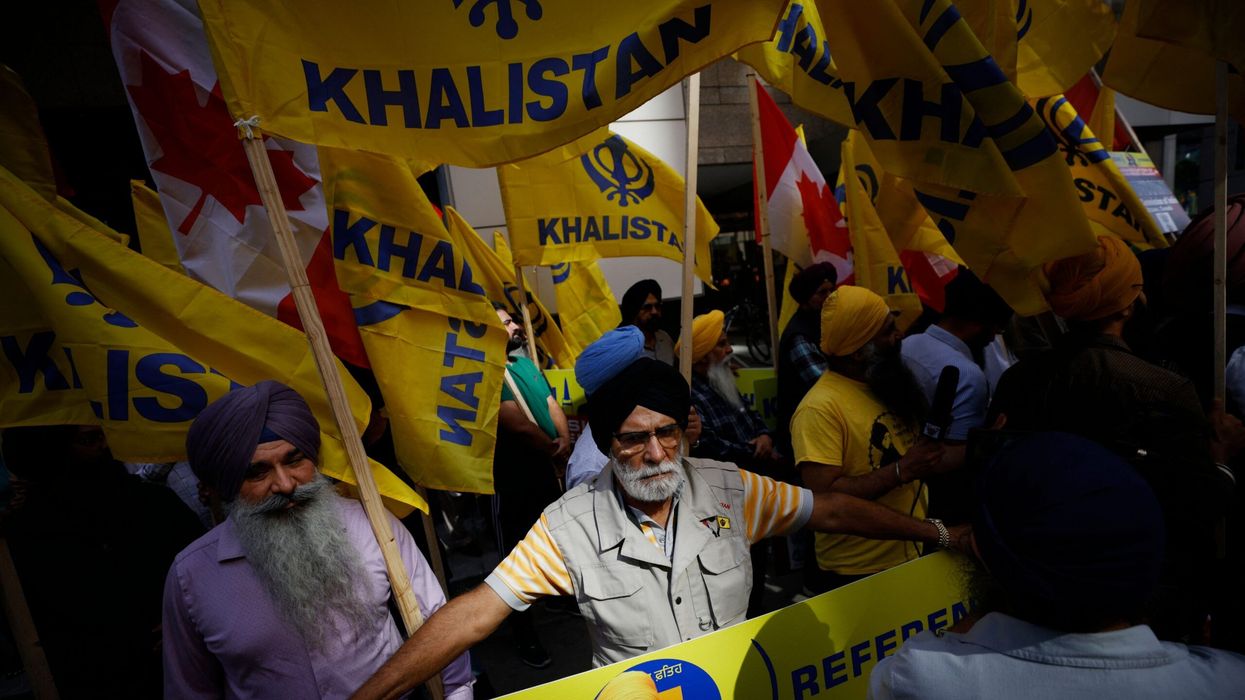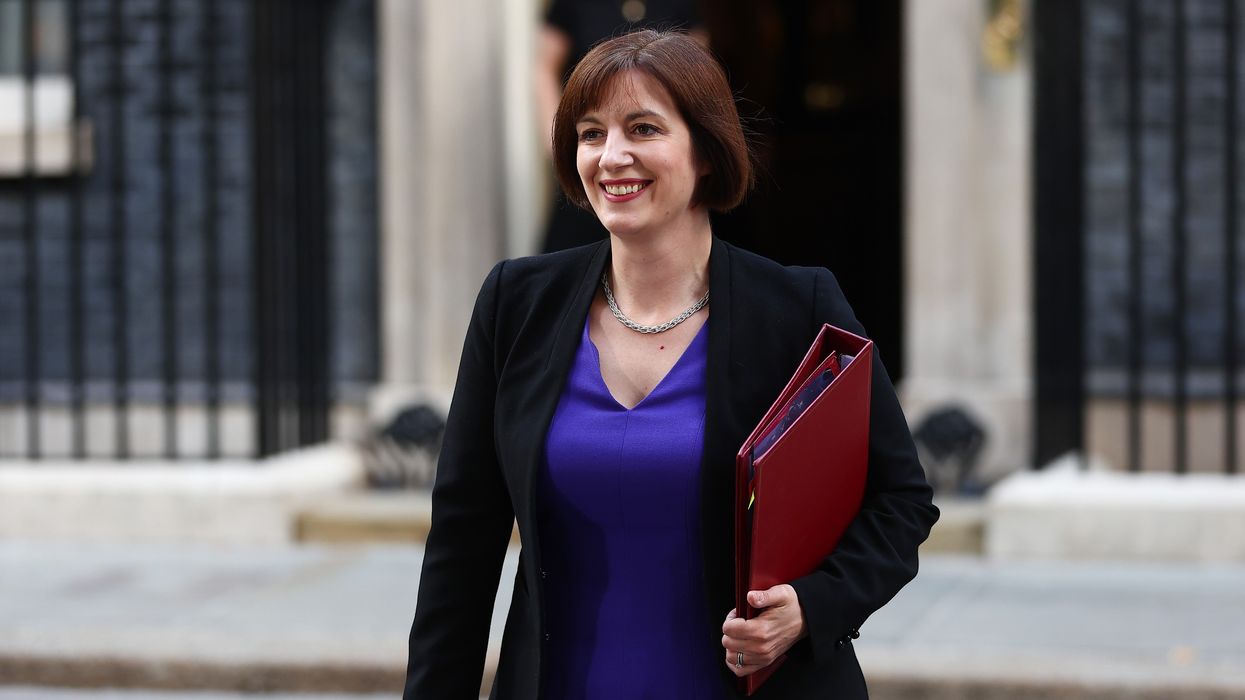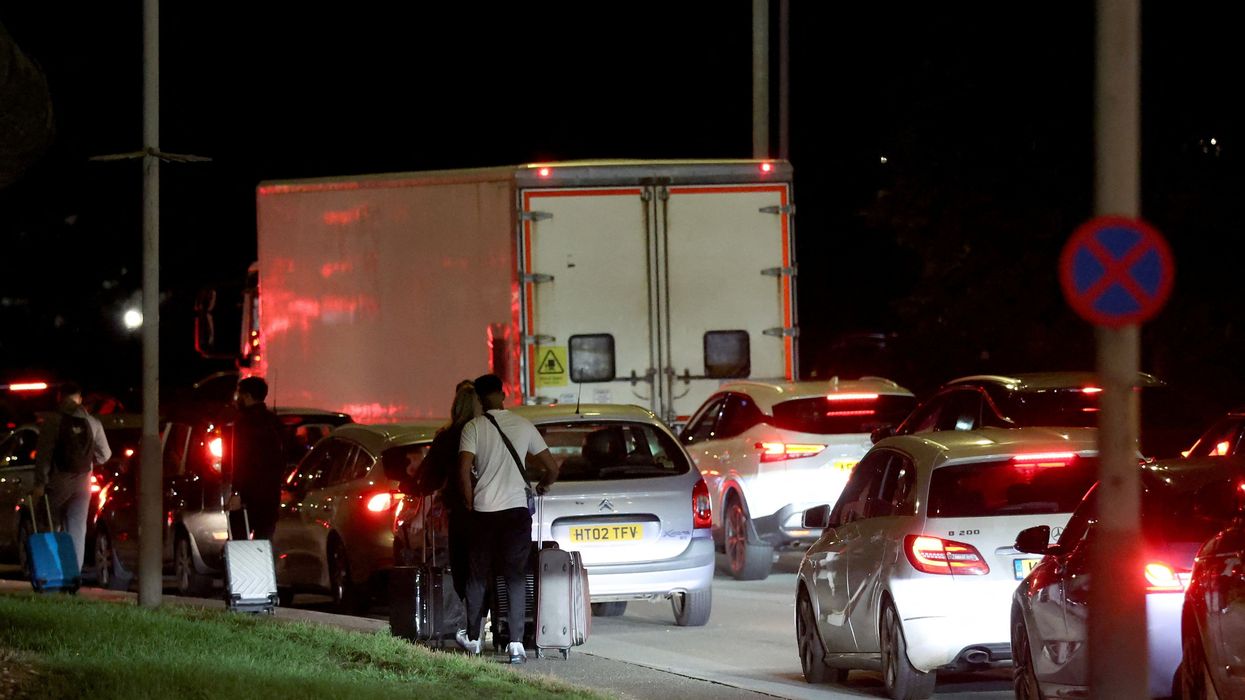By Amit Roy
THE BBC’s flagship Panorama programme claimed last week that Indian commandos “kidnapped” Princess Latifa from her boat near the coast of Goa and allowed the drugged captive to be flown back in a private plane to her father, Sheikh Mohammed bin Rashid Al Maktoum, the ruler of Dubai.
Footage recorded by the princess from her bathroom in a villa in Dubai, where she says she was held prisoner and was in fear of her life, was aired as part of the show.
It also included a statement: “The government of India has still never commented on its involvement in the events of March 2018.”
The UN high commissioner for human rights, Michelle Bachelet, has taken up Latifa’s case, while the British prime minister, Boris Johnson, has expressed concern about her.
Immediately after The Missing Princess was shown on the BBC, the foreign secretary Dominic Raab said: “I think it’s deeply troubling. And you can see a young woman in deep distress.”
He admitted Latifa was not a British national, but added: “I think anyone at the human level would watch the footage and be concerned about it.”
Buckingham Palace has made it clear that Sheikh Mohammed will no longer be welcome to the Queen’s enclosure when he attends horse racing in England – as he has in the past.
Oxford University, too, is feeling the heat. It is being urged to “review” the £7.2 billion donation it accepted from Dubai to set up scholarships in the ruler’s name.
The university said in a statement: “The agreement between the university and Mohammed bin Rashid al-Maktoum Knowledge Foundation was signed in 2016 and we have no plans to review or change the scholarship at this time.”
Under mounting international pressure, Dubai’s royal family has released a statement stating that “the princess is being cared for at home by her family with the support of medical experts,” and that “she is getting better. We are hopeful that she will return at the right time to the public eye.”
But a spokesperson for Bachelet said: “We asked for proof of life.”
A number of questions are now being asked about India’s role in the incident, which has not been denied by New Delhi.
The obvious one is, why did India agree to help Sheikh Mohammed get his daughter back?
Analysts in London say India has deep strategic, political, security and economic interests in Dubai – “the city is practically a second Mumbai with a big Bollywood presence” – and could not therefore say no to its ruler.
The other question is, how did the Indian commandos know where to look for Latifa’s yacht?
This appears to have been answered by Latifa’s Finnish friend and one-time capoeira instructor, Tiina Jauhiainen, who helped the princess escape from her confined existence at the end of February 2018. There were spotters planes apparently looking for Latifa.
In a weekend article, she said this was the second time that Latifa, now 35, had tried to flee.
“Latifa’s escape bid was no more successful,” she said. “I had helped her make preparations and was by her side when, three years ago, she fled Dubai via Oman and set sail for India.
“Just eight days into our voyage, we saw planes overhead and realised that we were being followed. We were captured by Indian commandos who threw me to the floor in a pool of blood, tied my hands behind my back and threatened to shoot me in the head. Latifa was dragged off, kicking and screaming.
“I was taken back to the UAE and, after being threatened with the death penalty, eventually freed. I now live in Britain. But Latifa had no such luck.”
She told Panorama of what happened at midnight on March 4, 2018: “Myself and Latifa were tired. So around 10 o’clock in the evening, we decided to go down to our cabin to get some sleep. We started hearing noises from the upper deck, which sounded like gunshots.
“Basically, the boat was taken over by Indian Special Forces. Lots of people. She was saying, ‘Oh my god, oh my god, they’re here.’ She continued screaming and kicking and trying to get away. That’s the last time I see my friend.”
Latifa took up the story in the videos shown on Panorama: “They kidnapped me on March 4, 2018, on the small boat. I don’t know how many commandos, maybe 12-15, and the two Emirati like lieutenants-sergeants.
“I was fighting. And this guy came with a small camouflage pouch. And he took out the needle and he injected me in my arm and I was fighting. I was saying, ‘Don’t do that. Don’t do that. Don’t do that.’ And I just assumed it was tranquilisers, but it didn’t take any effect on me.”
Voiceover: “Latifa says she was transferred to an Indian military ship.”
Latifa continued her account: “The commandos carried me through this corridor and to a big room. And there was in front of me maybe four or five generals. So I’m repeating to them, ‘My name is Latifa …I wanted to get asylum. I was in international waters. You should let me go.’ But they did not stop.
“I see a private jet in front of me at that point. I said, ‘No. I’m not going to voluntarily go.’”
Voiceover: “She says she was then manhandled by an Emirati commando.”
Latifa went on: “He grabs me, and he lifts me up. And (I was) kicking and fighting, and he’s much bigger than me. I see his sleeves rolled up and his arm is exposed. So I just bite him as hard as I can, and shake my head. And he screamed. The same guy tranquilised me again.
“They put me on a stretcher. And as they were carrying me up the steps of the private jet I passed out, I lost consciousness. When I woke up, the private jet had already landed in Dubai. I just felt really sad at that point. Working for so many years to get my freedom was gone.”
Earlier, she had described her conditions of captivity in Dubai: “This video is from a bathroom because this is the only room with the door locked. So I’m in a villa. And I’m a hostage. And this villa has been converted into a jail – the windows are barred shut. I can’t open any window. There are five policemen outside and two inside the house. And I can’t even go outside to get any fresh air.
“I don’t know when I’ll be released. Every day I am worried about my safety in my life. I don’t really know if I’m going to survive the situation.”



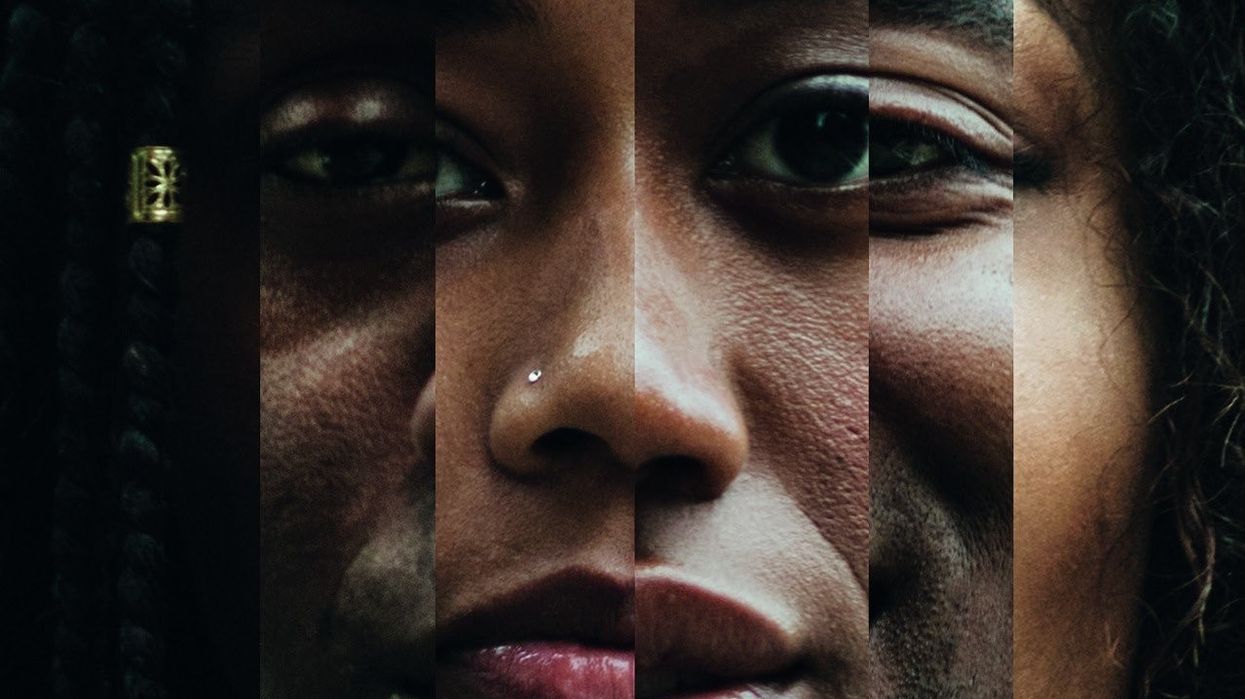
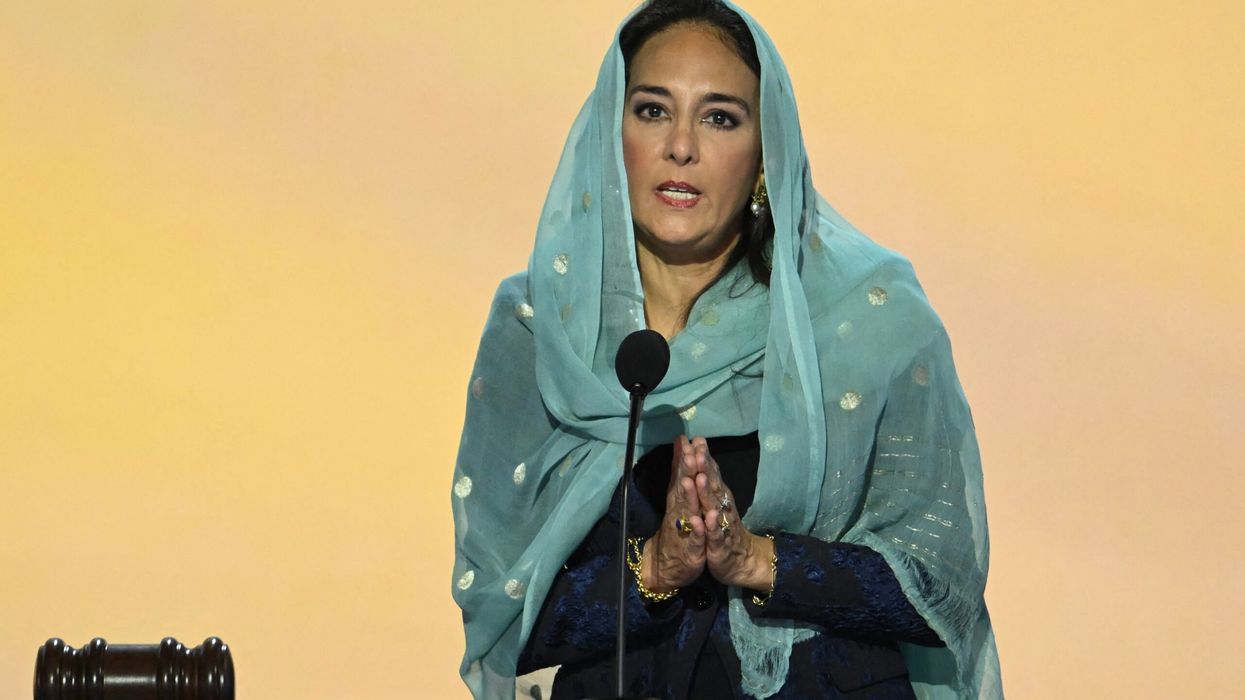
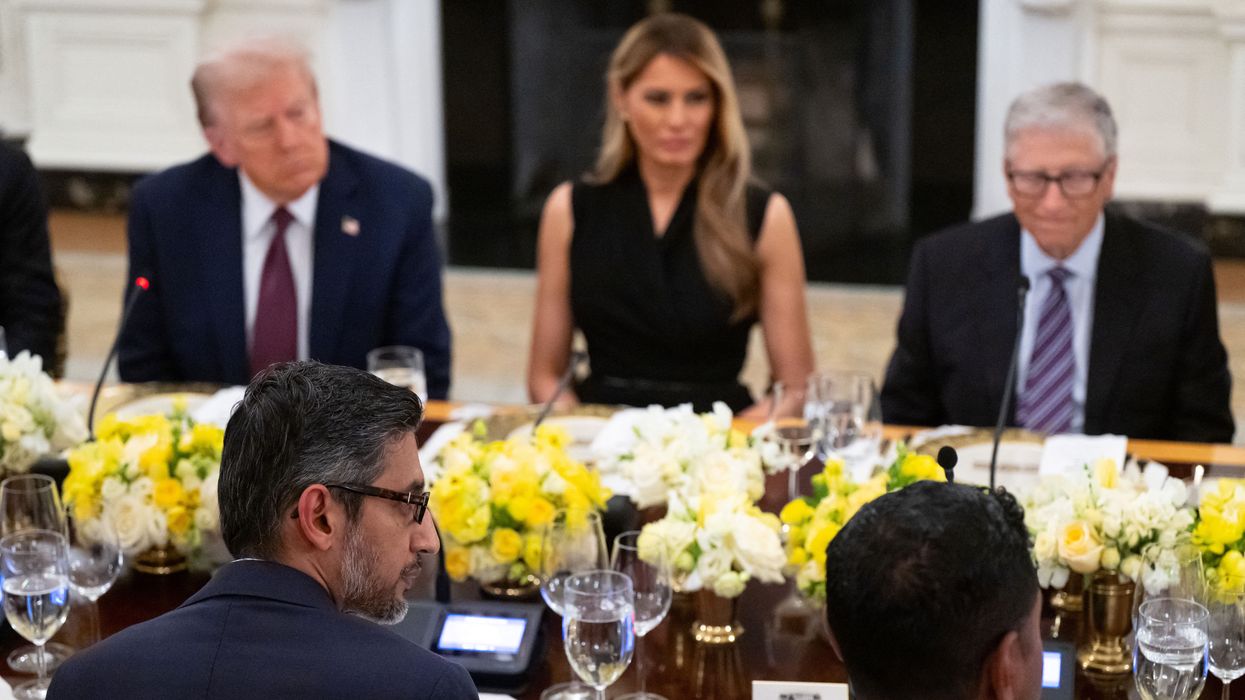
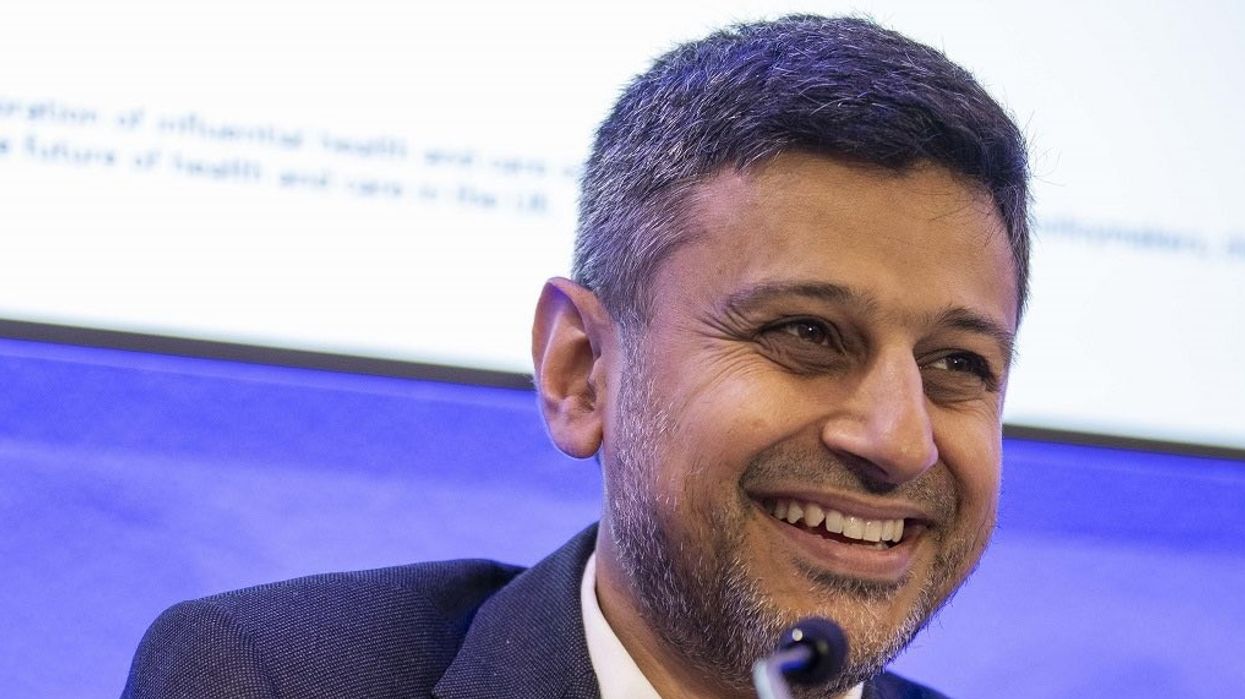
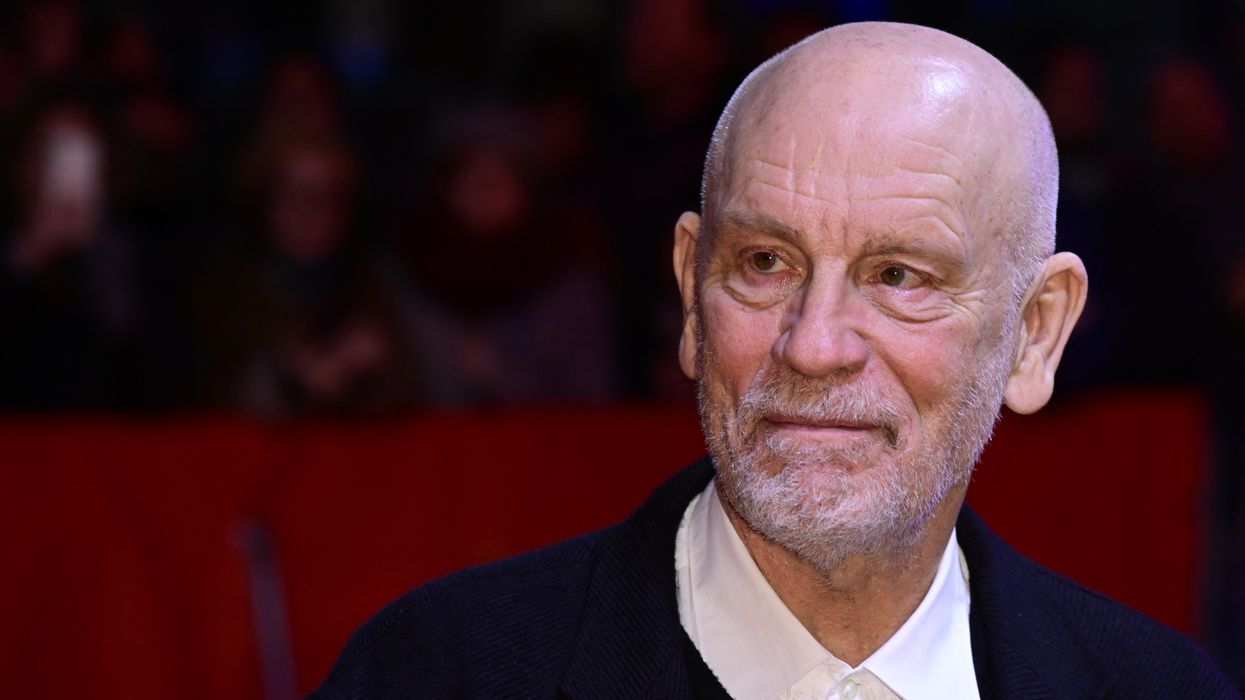
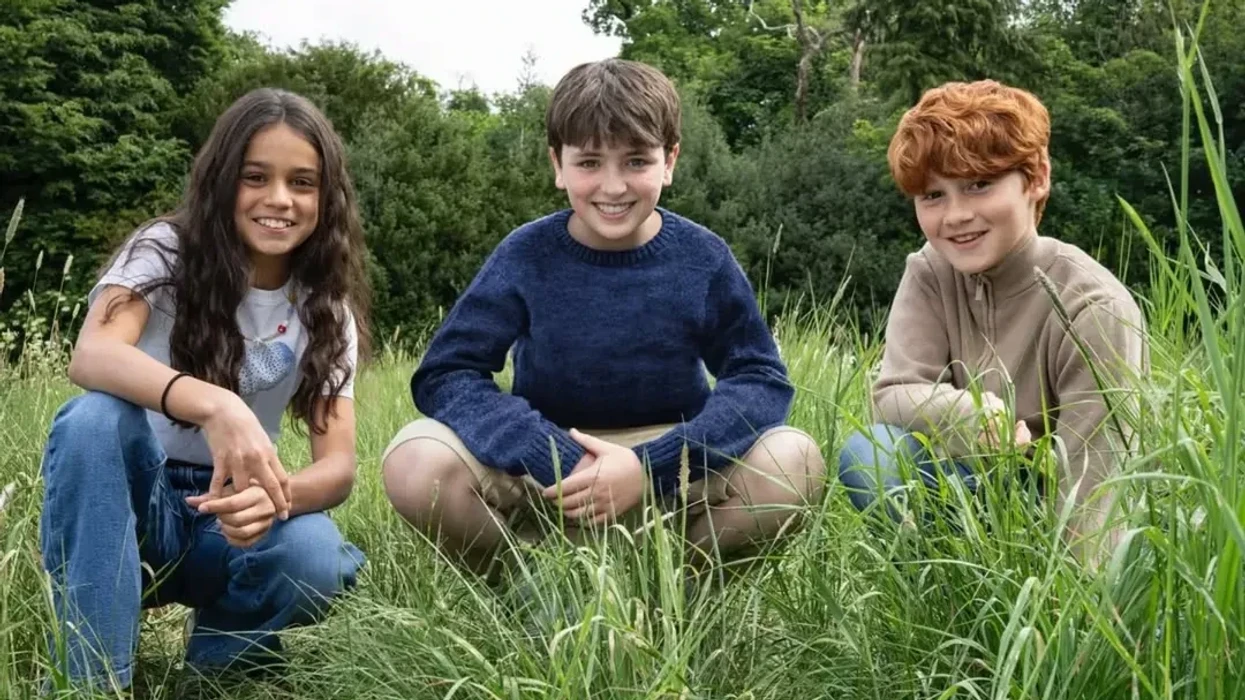

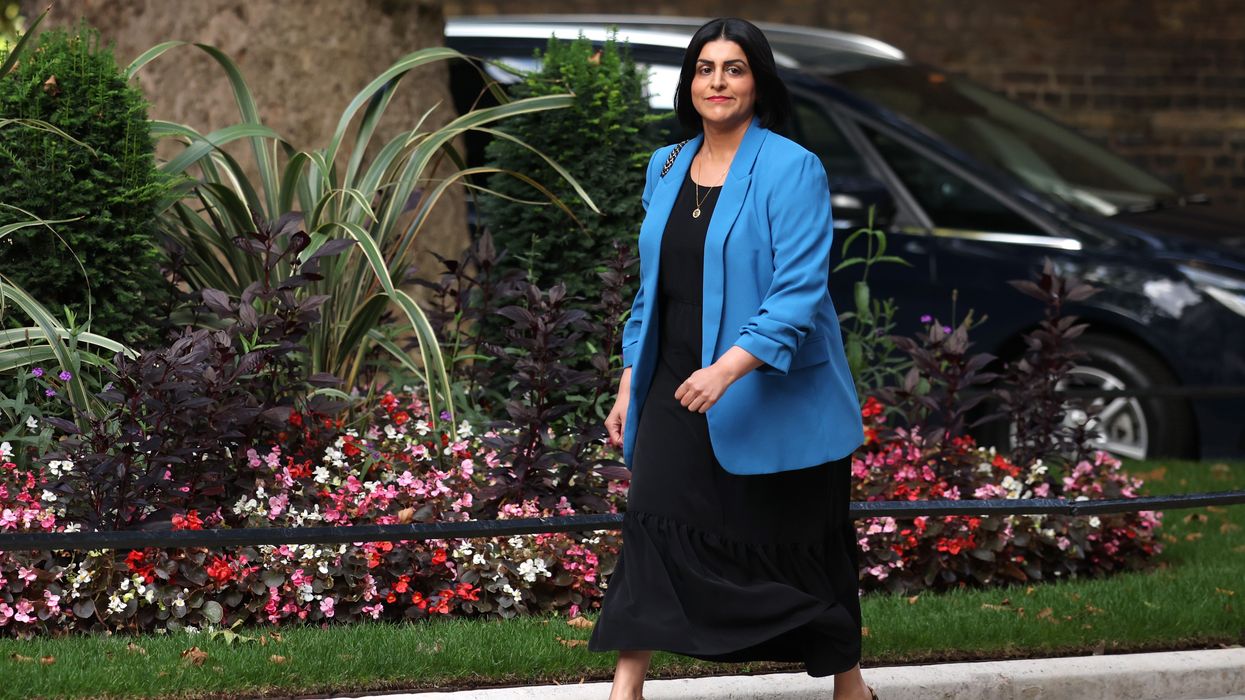





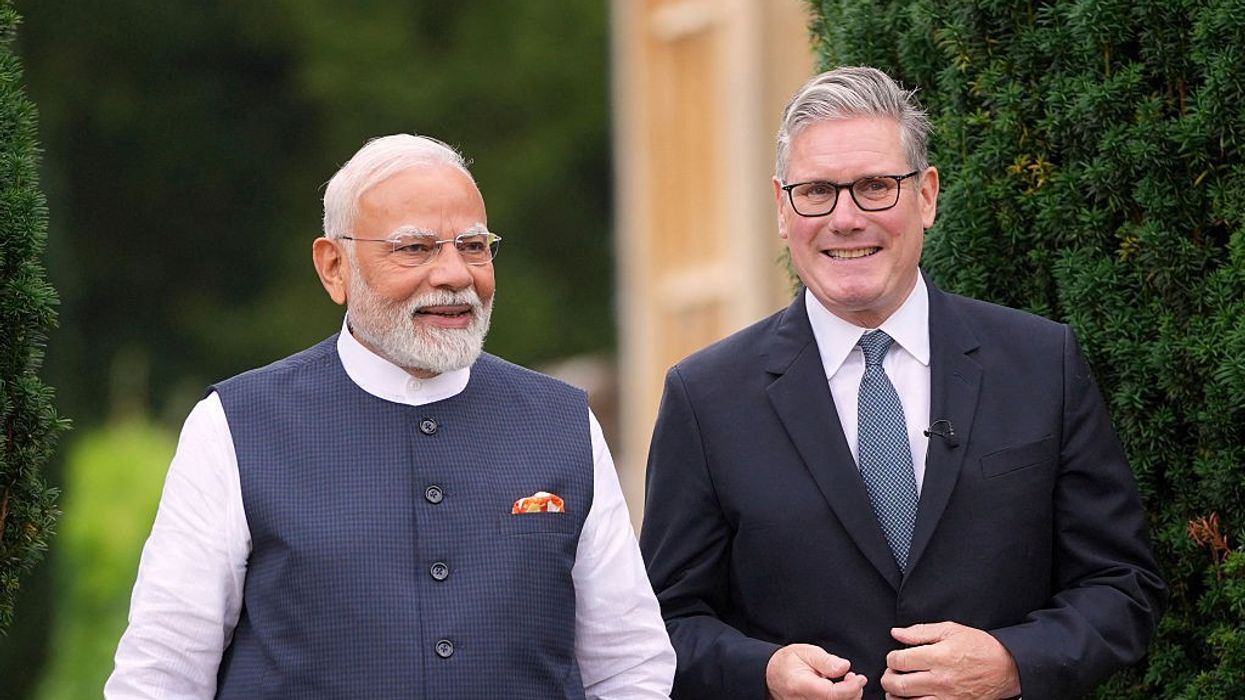
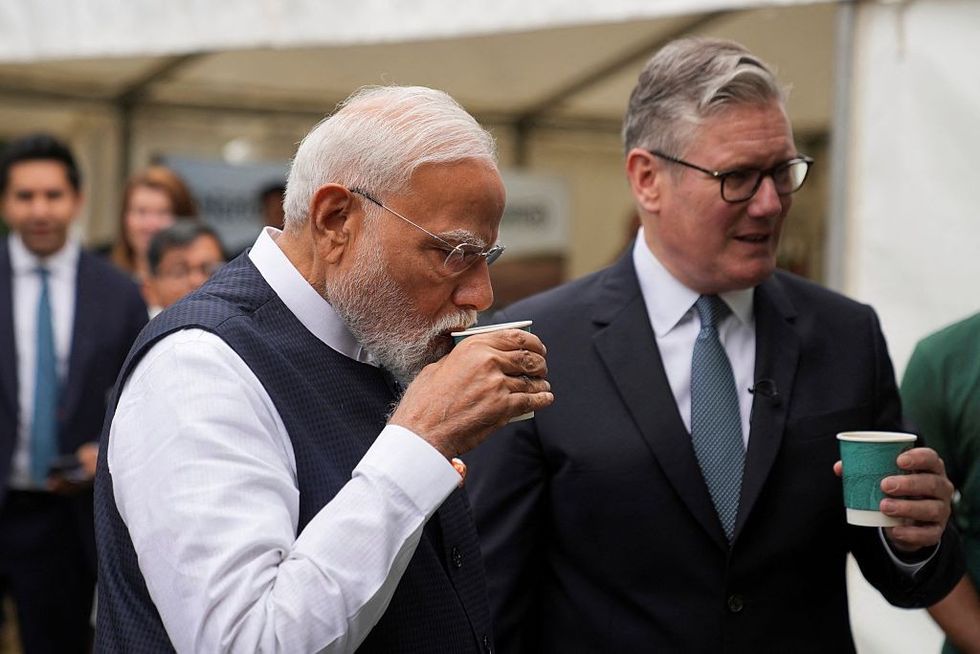 Keir Starmer (R) and Narendra Modi have a cup of tea during a business showcase event at Chequers, in Aylesbury, England, on July 24, 2025. (Photo by KIN CHEUNG/POOL/AFP via Getty Images)
Keir Starmer (R) and Narendra Modi have a cup of tea during a business showcase event at Chequers, in Aylesbury, England, on July 24, 2025. (Photo by KIN CHEUNG/POOL/AFP via Getty Images)